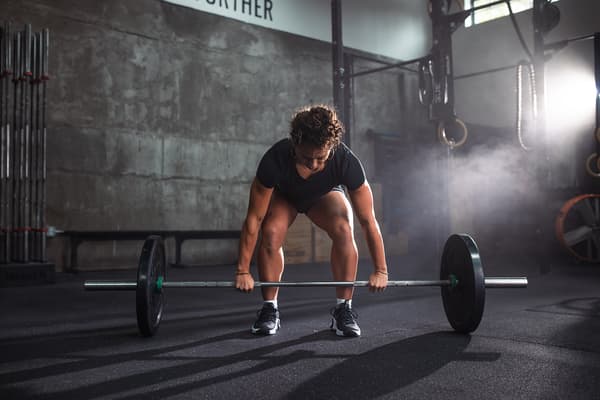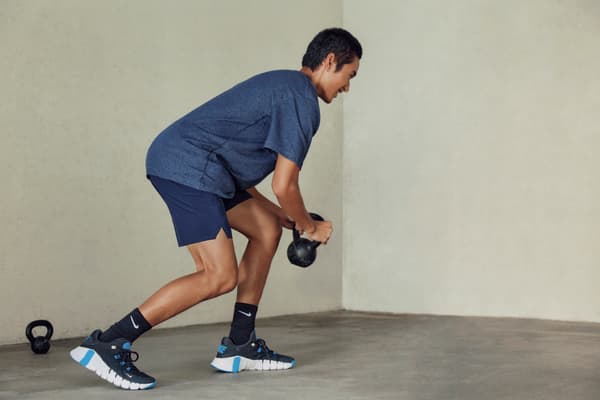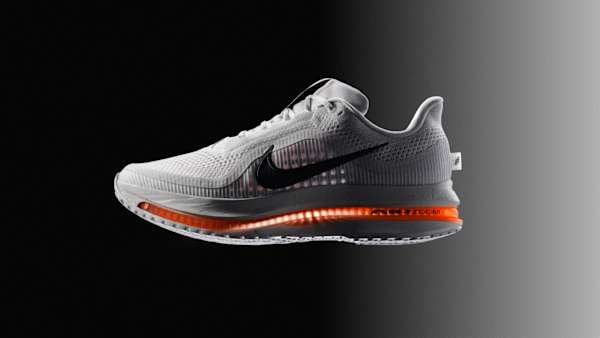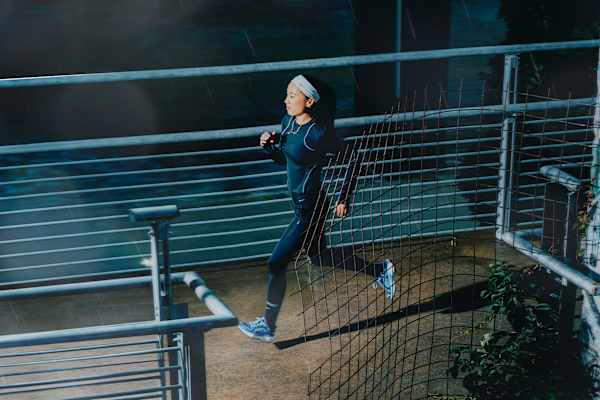The best Nike shoes for HIIT workouts
Buying guide
When switching up the intensity of your workouts, you need shoes that can keep up the pace.

Adding high-intensity interval training (HIIT) to your physical activity mix can bring plenty of advantages. For example, research suggests HIIT can be a boon for your sleep, endurance levels and emotional well-being—and the shoes you wear can offer benefits, too. Most notable: better performance and reduced injury risk.
Because this type of workout is all about short bursts of intense activity combined with brief rest periods, the best shoes for HIIT are those designed to maximise whatever you focus on most.
That might be repeated high-impact movements, like sprinting, or functional fitness with plenty of jumps. For a HIIT workout with primarily strength components, the best shoes will be those built for stability rather than agility. Here are some major HIIT elements, along with the best shoes by Nike to consider.
Best for jumping
Box Jumps, Burpees, Jump Squats, Star Jumps and skipping rope intervals: no matter what direction you aim to bounce in or how high you need to go, having a shoe that can support both your lift and your landing is essential.
Cross-training shoes with midsole cushioning can help protect your arches against impact when you're landing and also provide enough traction for multi-directional exercise—for instance, if you do Jump Squats and then go into Lateral Lunges.
For that type of versatility, check out the Nike Versair and Nike In-Season TR 13 for women and the Nike Zoom TR 1 and Nike In-Season TR 13 for men. These Nike styles are designed to be multi-purpose, so you can switch from high impact to low impact without missing a beat.
Best for strength
Not all HIIT sessions involve jumping and sprinting. Some emphasise intense intervals of strength training, and for those, you'll need ample stability and the feeling of being grounded. These options by Nike still have support and cushioning but with the added benefit of durability.
One of the best shoes for HIIT workouts that emphasise strength is the Nike Metcon 9. It features a Hyperlift plate in the heel for better stability and a rubber wrap extended on the side for scaling any kind of rope.
There's also the Nike MC Trainer 2, designed for versatility, stability and longevity. The flat base is wider around the heel to help stabilise your feet while lifting weights, and a thinner tread at the front lets you easily switch to speed drills.
Best for HIIT and sprinting
If a HIIT session relies on sprinting for its intense intervals, shoes that can help with lift-off are important, but they should still have multi-directional support for other moves as well. That's because sprinting requires a fast start and sudden motion, but you want to avoid switching shoes when the next move is skipping rope or grapevine moves.
Consider the Nike Flex Experience Run, with grooves in the outsole for optimal foot flexibility and a lightweight design that helps you move freely—while still getting stability and support. The Nike Flex Control 4 is another lightweight choice with a flexible upper and midfoot strap for stability.
In general, no matter what type of HIIT workouts you take on, making sure that your shoes can handle multiple types of movement and sudden changes in acceleration is key to getting the most out of your HIIT session.
Frequently Asked Questions
Why does HIIT require different shoes?
Each activity has a unique movement pattern that needs to be supported. That's why you'd wear different shoes for running a marathon than for playing basketball or powerlifting. Because HIIT tends to incorporate several kinds of movement within one session, your shoes should support them all and provide ample stability.
Can I wear running shoes for HIIT?
Running shoes are designed to provide traction and cushioning with forward movement. They also tend to have a higher heel-toe drop to minimise impact to the heel with repeated strides. If your HIIT workout uses multiple bouts of sprinting, running shoes would probably work well. But if you'll be doing cross-training with jumping, lateral movements and strength, you'll need HIIT shoes built for more agility with a reduced toe drop.
Words by Elizabeth Millard




